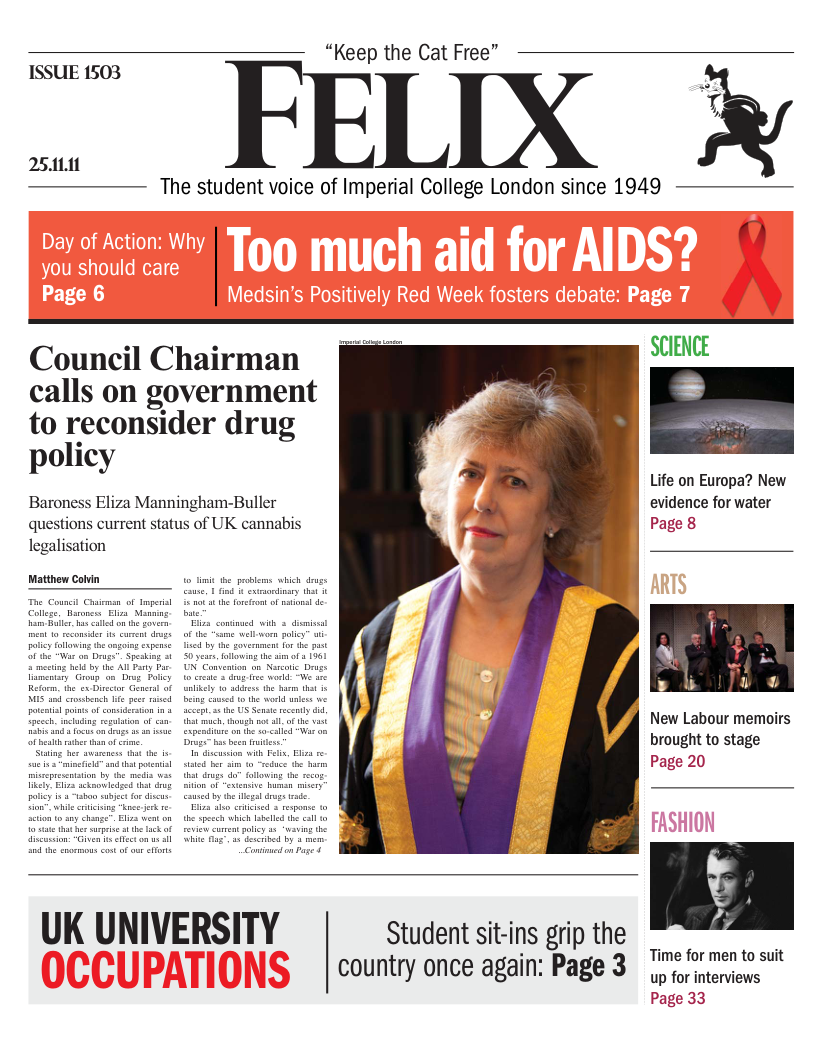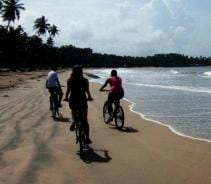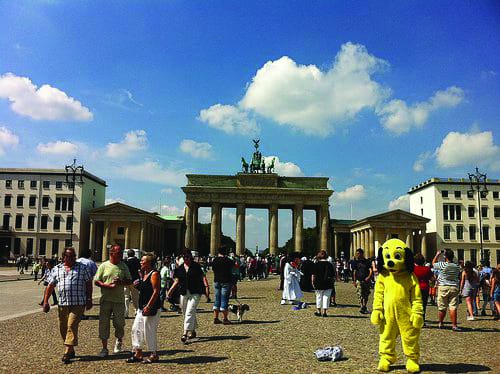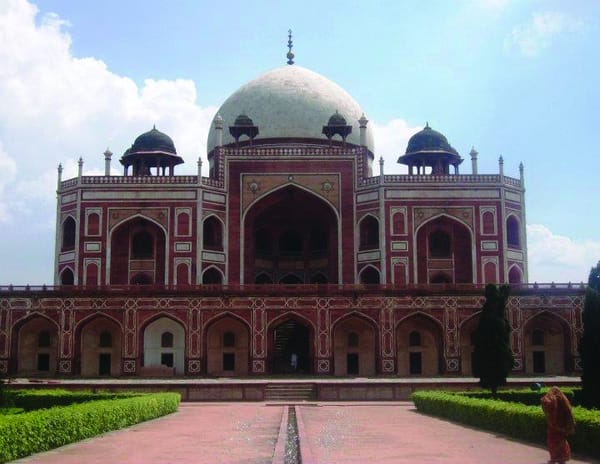Terrific Tarnovan tales
Exploring the “Old Capital” of Bulgaria to discover the deep-seated history of a state abundant in old-fashioned splendour and beauty
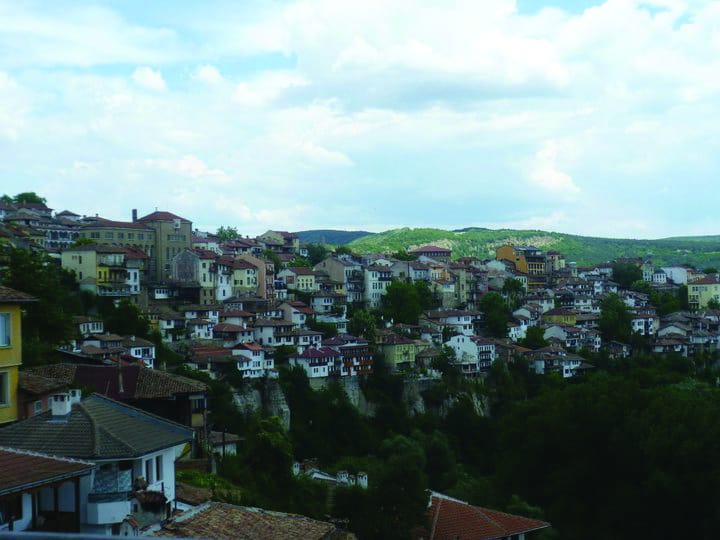
Veliko Tarnovo is one of the oldest settlements in Bulgaria, dating back at least five million years. Nicknamed ‘the Old Capital’, this timeworn city sits in a mountainous region of northern Bulgaria, surrounded by forestry and wildlife unlikely to be seen almost anywhere else in Europe.
Bulgaria has undergone more than its fair share of transformations through a political timeline heavily peppered with dynasties, uprisings and wars. It’s this rich past that has yielded such incredible Bulgarian sights and wonders including, but not limited to, some of the world’s oldest churches, monasteries and mosques (a reminder of the 500 years or so during which Bulgaria was a part of the Ottoman Empire and sequestered from the rest of Europe).
a city defined by its ubiquitous feeling of renaissance
But where a suddenly booming economy has led to real estate tycoons and construction company giants laying claim to many major cities, especially along the extremely popular Black Sea coast, Veliko has largely managed to resist. Don’t get me wrong, cities such as Sofia and Varna – so different in nature to Veliko – are still well worth visiting. Both of these places, among others, have retained their inherent historical significance and charisma while making a fluid transition from Balkan cities trapped behind the Iron Curtain to cosmopolitan Eastern European hubs. Veliko, on the other hand, holds an equal if not greater allure in its antiquated setting of old markets, artisan workshops and Tarnovan inns.
In fact, as central as Veliko has been to the most momentous points in Bulgaria’s history, it is most importantly associated with its role in the ‘National Awakening of Bulgaria’, a time of uprisings and revolts against the Ottoman rulers of the country. Unsurprisingly, even today Veliko remains a city defined by its ubiquitous feeling of renaissance; a feeling entrenched in not only the buildings and natural wonders but also in the city’s inhabitants.
The city’s tourist trade is dominated by the imposing Tsaravets fortress, which stands at the summit of the hill of the same name and is a reminder that Veliko was once the capital city of the Second Bulgarian Empire. These ruins of the extravagant palaces of former monarchs and the once impenetrable fortress with its several bulwarks (running up to almost twelve feet thick!), are a stark contrast to the gently meandering Yantra River below, another of Veliko’s picturesque attributes.
Stambolov’s bridge, a striking structure made of steel, is a more modern, man-made symbol of Veliko’s part in gaining Bulgaria’s independence. Standing at the very centre of the bridge and looking down provides an incredible vantage point from which to admire the overwhelming display of Bulgarian beauty spiralling out from the river for miles and miles. The bridge also leads the way to Asen’s monument and the city art gallery (which, incidentally, offers free entry on Thursdays).
Venturing slightly further afield, the village of Arbanassi (pronounced most satisfyingly, if not entirely correctly, in the strongest Scottish burr you can muster) lies four kilometres away from Veliko’s centre and is famous for being at the crux of the liberation of Bulgaria from the Ottoman Empire.
Comprehensively dispersed with monasteries, convents and churches all ornately decorated and well-preserved from up to five centuries ago, an afternoon in this village is easily passed.
Veliko’s Main Street is home to most of the workshops and market stalls mentioned earlier. The districts of Gurko Street and Samovodska Charshia are the best examples of archaic Tarnovan charm. It may feel as though you’ve stumbled onto the pages of an oddly Balkan Dickensian novel as craftsmen ranging from carpenters and potters to blacksmiths and farriers set up shop for the day.This central vicinity of Veliko is very hilly and, although walking is the common mode of transport here, you shouldn’t feel too guilty about hailing a taxi or two at the astonishingly cheap fares they charge.
Numerous eateries, from small, family-run cafes to chain restaurants, are located along Main Street, many serving solely Bulgarian fare. A warning to all vegetarians: you will feel severely limited in choice when eating out – Bulgarian food is exceptionally carnivore-friendly. Not only is food (and everything else) ridiculously cheap, but the amount of it dished up at one sitting will leave you immobile for a good few hours post-meal. And then there’s salt. Salt is a big deal here. Naturally, it’s distributed by the bucket-load onto standard items such as meat and vegetables… but then there’s salted yoghurt. And the Frosties in Bulgaria are frosted with, you guessed it, salt.
Tourists should take advantage of Veliko’s surroundings, and spend a day hiking nearby. It is not uncommon to come across excavation groups made up of archaeologists and amateur history buffs digging to discover historical remains and artefacts en route to the top of the mountains and hills enclosing Veliko. There are still exhilarating finds being made here to date, and no doubt will be for years to come. For many of the locals however, the neighbouring greenery is just their back garden – a fact that was only really brought home to me when upon asking to speak to the owner of a shop regarding his (hand-crafted) wooden toys, I was told that “his phone is not ringing, he must be climbing mountains – perhaps you wait an hour?”
It would not be impartial enough of me to finish without at least mentioning Veliko’s ‘new town’, consisting mainly of the very recently built shopping mall with its bowling alley, casino and cinema complex. However, I will say this – just skip it. The old quarter is where Veliko’s spirit and, dare I say it, Bulgaria’s heart, truly lie.

